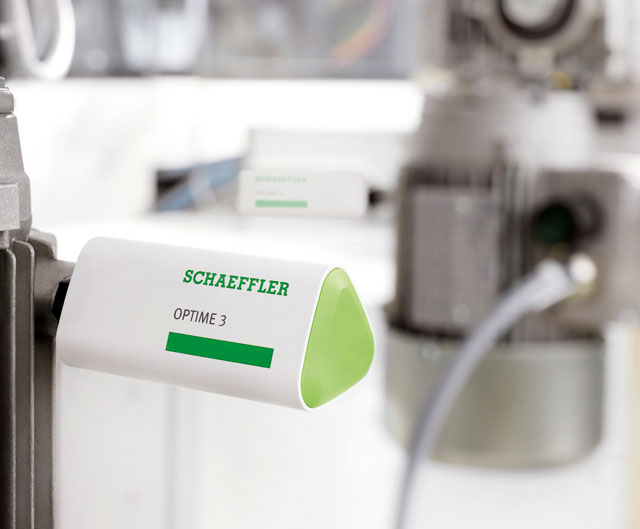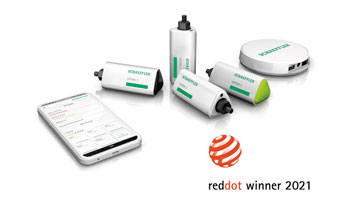
Condition-based monitoring is considered to be the most effective way of ensuring equipment uptime within process based environments, yet it is often only used on critical machinery due to perceived high costs. Sally Sillis, technology centre manager at Schaeffler UK, explains why the latest advances in cloud-based solutions mean condition-based monitoring is now affordable, and also more effective.
Within manufacturing and other process-based environments, minimising downtime is as important as achieving high quality and maximising output. However, equipment failure is the single largest source of lost production time and, in an environment of ever-tighter margins, it can have serious consequences on the bottom line, as no value is being produced, but operational costs are accrued. To compound the issue, most companies significantly underestimate their levels of downtime.
Money matters
According to The International Society of Automation, almost every plant loses at least five per cent of its production due to downtime, with some losing up to 20%, and the cost to the global processing industry alone is estimated to be in the region of $20bn.
Anything that can be done to mitigate such costs should be of interest to manufacturers, but many continue to implement a planned preventive maintenance (PPM) strategy, which involves replacing auxiliary equipment such as pumps, fans, compressors and generators on a time-based schedule, rather than doing so when they are actually worn or working inefficiently.
Of course, PPM is better than having a reactive approach to equipment maintenance, which runs an increased risk of losing productivity due to equipment malfunctions or breakdowns by simply waiting for something to break. However, it can also lead to needless expense, disruption and waste.

A step in the right direction
Machines are much smarter than we think – it’s just that in the past, they haven’t been very good communicators. The industrial internet of things (IIoT), Industry 4.0 and advanced automation are quickly changing all that by adding intelligence to sensors.
Condition-based monitoring uses these sensors to measure the status of a piece of equipment while it is in operation. The data collected can be used to establish trends, predict failure, assess degradation and calculate remaining life. As a result, maintenance is only carried out when a consistent decrease in performance is identified, creating value through asset optimisation.
Problem solver
This might sound too good to be true, but condition-based monitoring is already proven to save money and resources while ensuring maximum levels of uptime. Its only drawback has been a high cost of implementation due to the use of proprietary infrastructure or integration into an IT network infrastructure.
Now the cloud, the IIoT and smartphone technology have opened a new world of possibilities for developing next-generation condition-based monitoring solutions that are easy to implement – and affordable. Schaeffler’s OPTIME is leading the way in this area, making it possible to configure large scale condition monitoring that can detect potential issues before they start to cause serious problems.
A SIM card enabled gateway means the system does not have to be integrated into an IT network infrastructure, and a subscription based analytics service provides plant operators with real time information as to the ‘health’ of their machinery. Sensors can be installed within minutes and no configuration or maintenance of the entire system is necessary. Also no specific CM knowledge is required, since the analysis of data is automated. This information enables a scheduled maintenance programme to be created, factoring in personnel requirements and the procurement of replacement parts to be carried out without impeding production.
Cost cutter
Using sensors to measure the status of equipment while in operation provides actionable and meaningful insight, and this is now recognised as fundamental to the reliable prevention of unplanned downtime in process-based environments. Manufacturers can now maximise operational effectiveness thanks to commercially viable innovations that form the last piece of the condition-based monitoring puzzle.
www.schaeffler.co.uk/OPTIME | info.uk@schaeffler.com
t: 0121 313 5830

